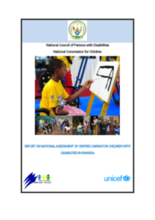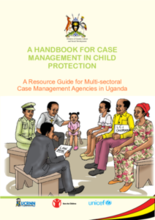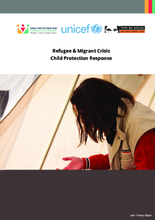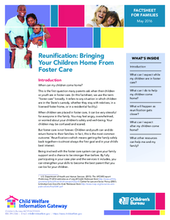Demographic Data
|
Sources: World Bank, UNICEF, UNDP HDR 2015, DHS 2011 |
Displaying 10651 - 10660 of 14391
This post is part of Better Volunteering Better Care’s month-long spread of articles aimed at raising awareness around the issues of orphanage volunteering. The post explains why orphan-based tourism is damaging and offers some best practices in how to engage responsibly in international volunteering.
Save the Children is recruiting a Senior Technical Advisor in Alternative Care (STA) to provide oversight of and ensure implementation of the Alternative Care Component of the Zambia Rising project.
The purpose of this assessment was to review service delivery in centres for children with disabilities in Rwanda. This report establishes relevant baseline information on institutional capacity including services offered, staffing levels and other parameters regarding care of children with disabilities.
The aim of this Handbook is to help to standardize practice in child protection case management in Uganda.
El presente documento de protección está destinado a guiar las acciones de las instituciones gubernamentales y no gubernamentales de Ecuador, en su respuesta humanitaria para la protección de los derechos de los niños, niñas y adolescentes ecuatorianos y sus familias, afectadas por el terremoto ocurrido en fecha 16 de Abril del 2016.
This report highlights the research on the disparities that exist between LGBTQ foster youth and their nonLGBTQ peers, as well as the compounding effects these factors have in relation to other intersecting factors including race, ethnicity, culture and language.
This article tests how out-of-home placement of children in Denmark affects men's labor market attachment, and in so doing the authors provide a novel parallel to existing research on how fatherhood affects men, which focuses almost exclusively on a child's arrival.
This paper is an overview of QIC-AG’s permanency continuum framework. T
This capacity building package was developed to build the capacity of those responding to the refugee and migrant crisis to be able to address child protection concerns within the unique settings of the largely transit countries, in particular Croatia, Serbia and the former Yugoslavian Republic of Macedonia (tfYROM). The course book contains four core modules: Block A – Cultural Sensitivity; Block B – Impact of Being a Refugee/Migrant on Children; Block C – Working Together for the Benefit of Children; and Block D – Safeguarding. Each block takes about one and one-half hours.
This Factsheet from the Child Welfare Information Gateway provides information for families who are reunifying after placement in foster care the US.







